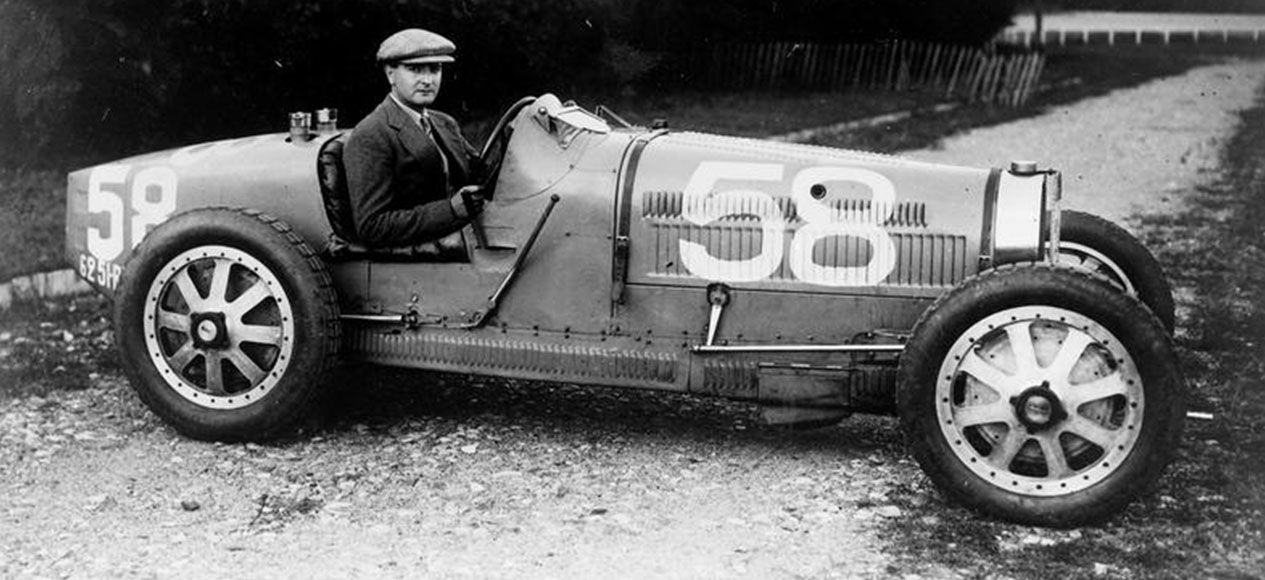A Brief History Of The Straight Eight Engine

The engine is arguably the most important part of a car, as it wouldn’t be able to function. As the popularity of cars grew, there became a greater demand for luxury and racing vehicles. The engine that set the standard for modern high-performance automobiles was the straight-eight. Originally developed for aircrafts, the engine evolved into one of the most important car components of all time.
Early years
Charron, Girardot et Voigt were responsible for conceiving the first straight-eight in 1903. However, it was never built. A step forward came during WW1, with Mercedes developing straight-eight aircraft engines. The Mercedes DIV had various advantages, including efficient aerodynamics and good balance. The smooth running capabilities of the engine is partly why it was used for racing cars.Isotta was the first company to adopt the straight-eight for its cars. The engine appeared in the Tipo 8, which debuted at the 1919 Paris Salon. Leyland Motors followed, introducing the OHC straight-eight powered Leyland Eight at the 1920 International Motor Exhibition.Bugatti and Duesenberg were the brands that popularised the straight-eight. Using the engine, Bugatti dominated the lightweight car market, while Duesenberg participated in racing events like the Indianapolis 500. A famous car that used the straight-eight was the Bugatti Type 35, which won over 1000 races.
Post war decline
Despite the popularity of the straight-eight, the engine had its share of problems. The length meant that it needed a long engine compartment, making it unsuitable for modern cars. There was also crankshaft and camshaft vibration that messed with the overall performance. For example, a phenomenon called ‘crankshaft whip’ could lead to the engine being destroyed.After WW2, the car market changed, resulting in the decline of the straight-eight. Technological improvements meant engines could be designed with higher compression ratios, eliminating the need for straight-eights.In 1954, the straight-eight was replaced by the V8 configuration. While a lot of cars in the US went on to be powered by V8s, UK cars were powered by six-cylinder engines. This came down to the price of petrol and the damage left behind by the war.Even though the straight-eight stopped being produced, it remains a historically important engine.


